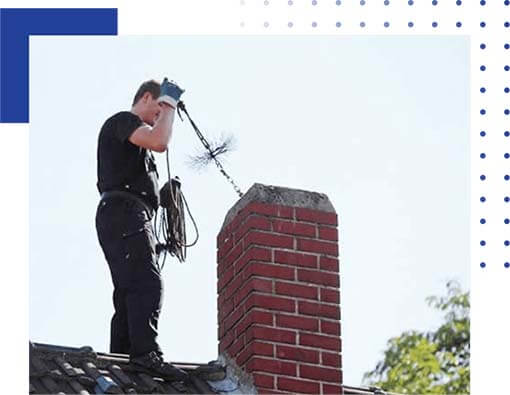The Sylvan Arms (https://sylvanarms.com/) Sig P320 Conversion Block is a highly sought-after accessory among firearm enthusiasts looking to expand their shooting versatility. Whether you’re a competitive shooter, a tactical professional, or a recreational user, this conversion block can significantly enhance your range experience.
Here’s how it improves shooting precision, training versatility, overall performance, and practical tips to help you get the most from this upgrade.
1. Improve Shooting Precision
The Sig P320 Conversion Block is engineered for precision. It provides a more stable shooting platform by enabling compatibility with various platforms, such as pistol-to-carbine conversionsmaximize. The added stability reduces muzzle rise, increases control, and allows shooters to maintain better sight alignment and sight picture. As a result, users often notice tighter groupings and more consistent shot placement at varying distances.
To fully capitalize on this precision boost, it’s essential to dedicate time to refining your shooting fundamentals. Focus on proper stance, grip, trigger control, and follow-through. Incorporating dry-fire drills and live-fire exercises will help reinforce muscle memory and make the most of the conversion block’s capabilities.
2. Expand Training Versatility
One of the standout benefits of the Sylvan Arms Sig P320 Conversion Block is its ability to transform your pistol into a multi-platform training tool. Whether you’re practicing for competition, personal defense, or law enforcement scenarios, the conversion block allows you to simulate different environments without needing a full arsenal of firearms.
For example, you can easily switch between pistol and carbine configurations, adapting your training to cover both close-quarters and intermediate-range engagements. Pairing the conversion block with a compatible folding stock adapter (e.g., installing your P320 fire control group into an AR lower receiver) further enhances versatility, allowing you to collapse the stock for compact storage or deploy it for added shoulder support and stability when needed. This setup not only boosts control and recoil management but also makes it easier to transport your firearm to and from the range.
This versatility helps develop a well-rounded skill set, improves weapon manipulation, and enhances adaptability under pressure. It also allows you to practice with one core firearm platform, reducing the learning curve and maximizing training efficiency.
3. Enhance Overall Range Experience
At the range, the conversion block delivers both performance and enjoyment. The ability to switch between configurations keeps range sessions dynamic and engaging. Shooters can alternate between drills focused on accuracy, speed, and tactical movement, all with the same base firearm.
The increased platform stability also translates to reduced recoil fatigue over extended sessions, allowing shooters to train longer without sacrificing control or comfort. Additionally, using the conversion block can extend the lifespan of your primary pistol by spreading wear and tear across multiple configurations and reducing the strain on core components.
4. Optimize Ammunition Use
Another practical advantage is the ability to test and optimize different types of ammunition. Whether you’re working with target loads, defensive rounds, or specialty ammo, the conversion block allows you to assess performance across platforms. Documenting your results helps identify the best combinations for accuracy, reliability, and recoil management.
5. Prioritize Safety and Maintenance
As with any firearm upgrade, safety and maintenance are critical. Before heading to the range, ensure the conversion block is properly installed and all components are secure. Perform a thorough function check, including verifying smooth cycling and trigger operation. At the range, periodically inspect the block and firearm for signs of wear, and address any issues promptly.
Regular maintenance will also maximize performance. Clean the conversion block after each use, paying close attention to any buildup or debris that could affect function. Applying appropriate lubrication to moving parts will keep your setup running smoothly.
Final Thoughts
The Sylvan Arms Sig P320 Conversion Block is more than just an accessory—it’s a powerful tool for elevating your shooting experience. Improving precision, expanding training options, and making range time more enjoyable and productive help shooters of all levels push their skills to the next level. With proper preparation, practice, and care, this conversion block can become an essential part of your firearms toolkit, helping you get the most from every round fired.
